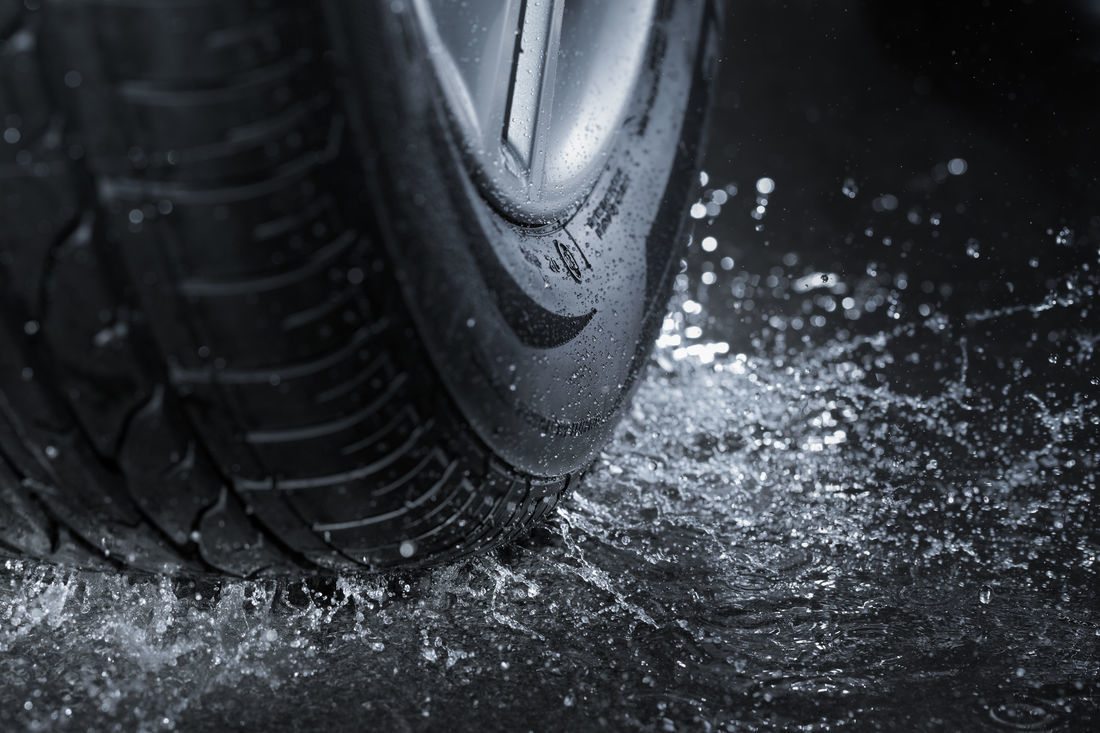When you’re driving in the rain, in really heavy rain, you’re probably not thinking about your tyres. Your eyes are on the road and looking at your windshield. Or at least they should be.
Thoughts run through your head. Are my wipers going as fast as they can? Are my lights on? What’s the speed limit and how much should I slow down to be safe? Heavy rain can be terrifying and despite the precautionary measures you’re taking above the bonnet, let’s be real. Your tyres are what determines your safety on the road.
If your tyres start slipping, it’s a natural instinct to twist the wheel really fast to straighten them. That’s what Hollywood has taught us, at least. Unfortunately, this only makes things worse.
Quickly changing direction with the steering wheel, will ‘confuse’ your wheels. Not literally, of course. It’s not an animal. But commanding the wheels to go two different directions is going to destabilise the grip your tyres have on the road. If there’s mud or any other uneven patches on the asphalt, I’m sure you can imagine how much worse things could get.
If it’s raining heavily, it’s also possible that weather conditions can escalate to the point where you face hail, sleet, or maybe even snow. While some tyres are designed to withstand these types of conditions, others aren’t.
Water doesn’t just suddenly disappear through the rubber, and it certainly doesn’t vanish into thin air. So, where does it go? Well, like a river, the water needs something to channel through to disperse itself. That’s where your treads—the indented patterns on the rubber of your tyres—come into play. The water feeds itself through this network, usually from the middle outwards, until it reaches the edges. Then it runs off on to the road and elsewhere.
But, if you have a set of poor-quality tyres, then you’ve got a nasty problem on your hands. Without the right tread pattern or thickness of the threads, you and your car are at risk of hydroplaning. This is where a thin barrier of water between the rubber and the ground builds up. Without any traction, the wheels and, inevitably, your car spin out of control and potentially off the road or into another vehicle.
On the other hand, a good set of tyres will prevent your car from becoming a serious liability. But which kind should you choose and are you sure you know what kind’s best for your vehicle? There are at least a dozen or so types of tyres designed for specific vehicles, purposes, and seasons. For instance, in wet and rainy seasons, you want tyres that give you comfort, traction, and security.
Here’s some extra advice. Routinely check your tyres for maximum safety every couple of months, more if you drive a lot. Think of it as a health check-up, but for your car. If the treads are looking worn down, I would definitely recommend seeing your local ‘car GP’ for some expert guidance on what is best for the safety of you, your passengers, and other people on the road.

